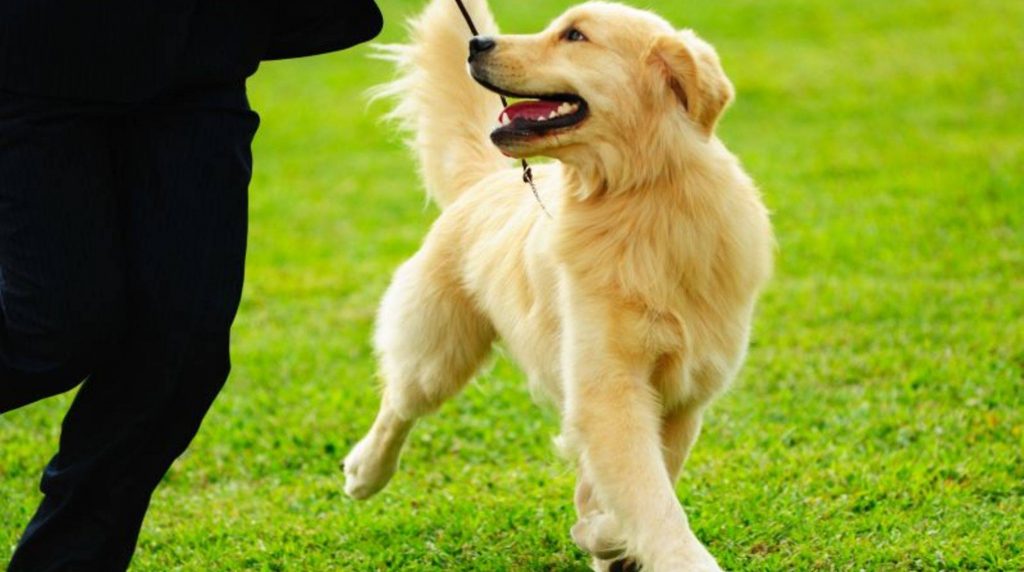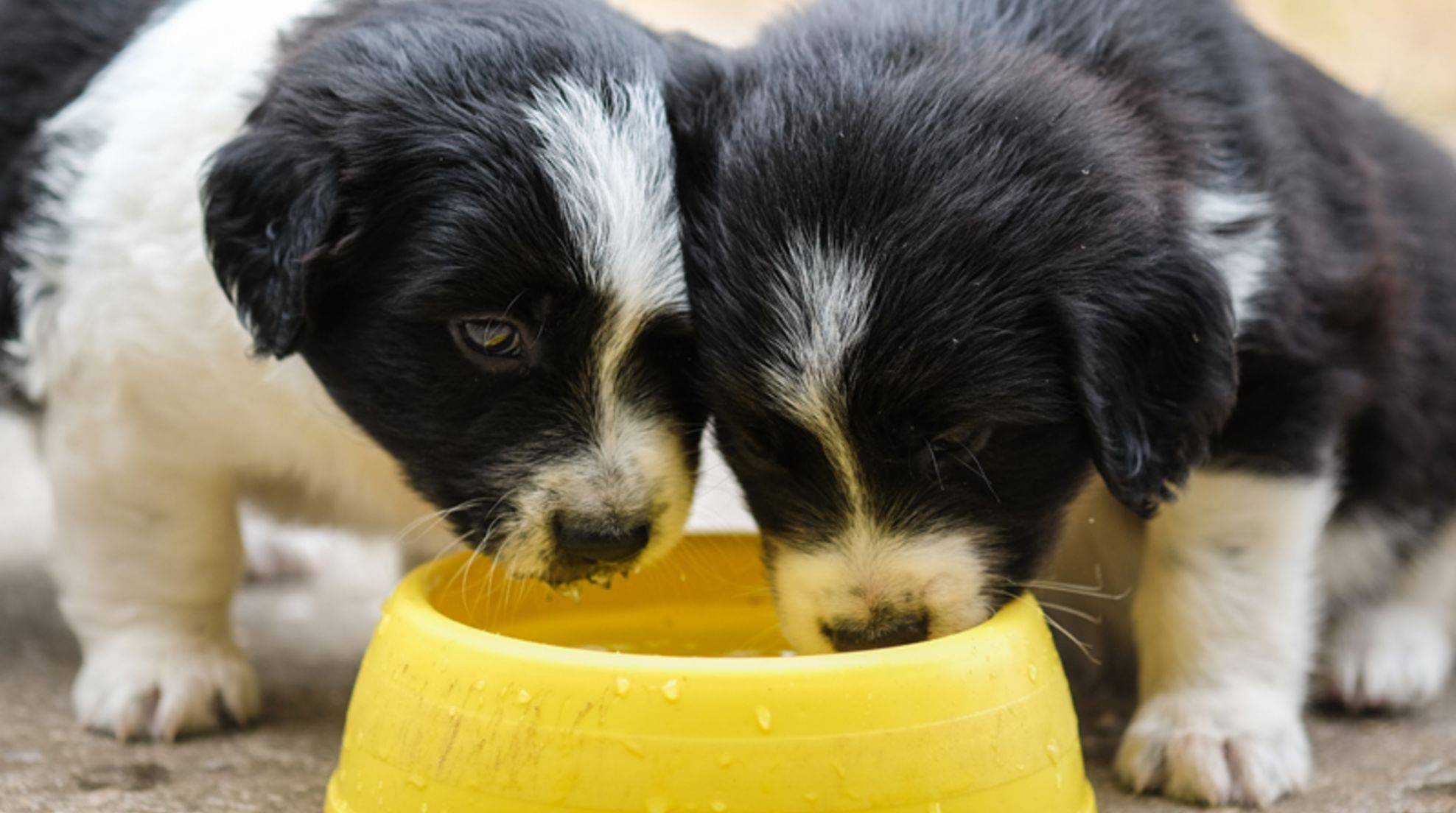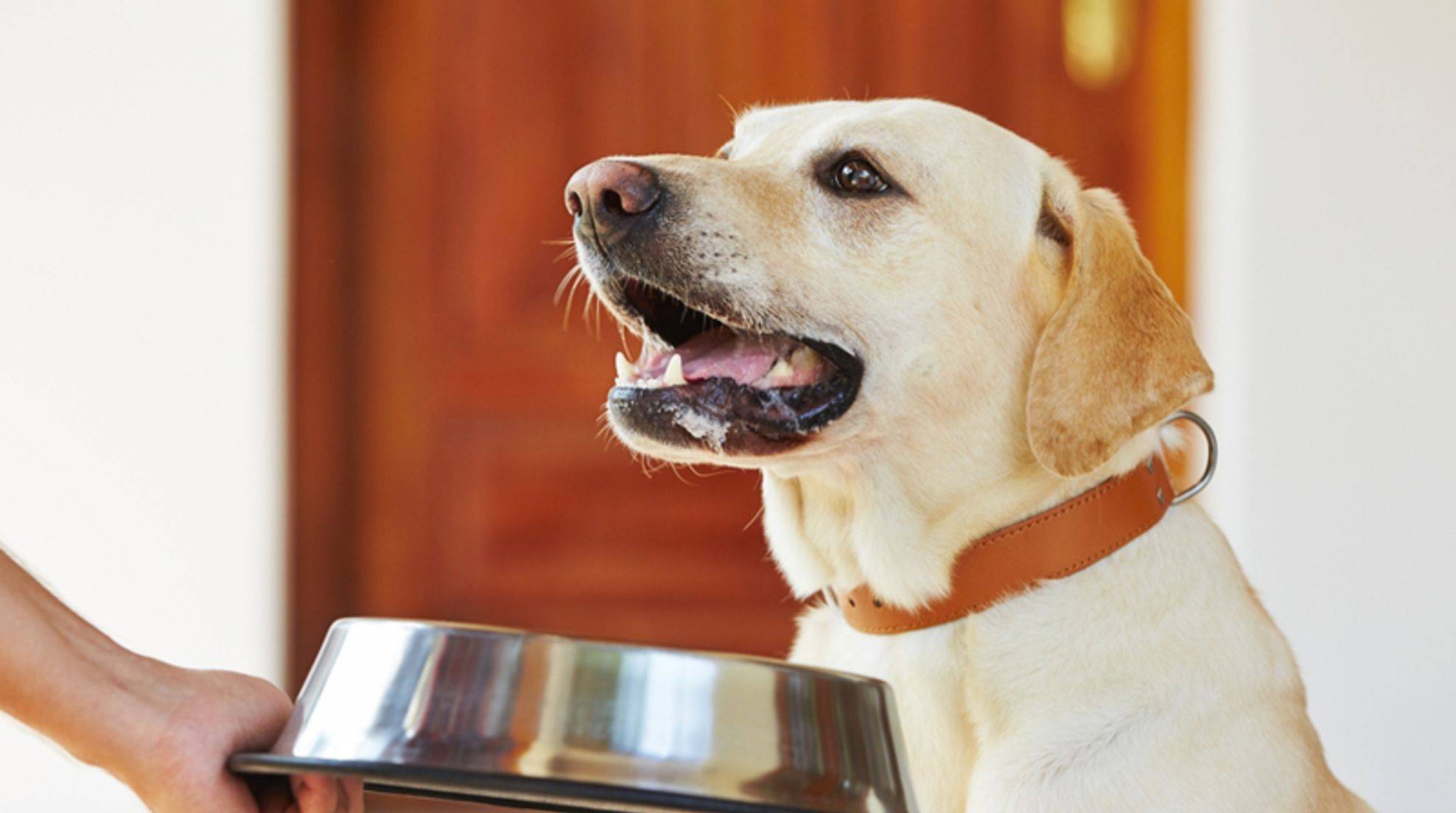Companion dog test: Requirements for participation
In a companion dog test, the dog is tested for its behavior in everyday life: How calm is he in traffic? How does he behave towards humans and animals, and what about his obedience? The dog must be at least 15 months old and have already learned a lot for the test.
In a companion dog test, dogs are tested for their behavior in various everyday situations. Such a test can serve as a control for the dog owner – if there are still some problems with the dog training, he recognizes what he still has to work on. If everything goes well, he can rely on his dog in various situations.
In addition, after completing the test, he is allowed to participate in competitions and other difficulties with his four-legged friend. But what requirements must a dog meet to pass a companion dog test?
Companion dog test: Requirements for the dog
First of all, it is essential that your dog is chipped or tattooed – if it is not, it is not allowed to participate in the test. In addition, he must listen well to you, without any aids: toys and treats may not be taken into the test, and brutal aids such as prong collars are, of course, not allowed. Your dog should be led with a regular collar, a loose chain collar, or a chest harness. If he has to wear a muzzle, that must not be missing from the test.
It is also of great importance that your four-legged friend can master various basic commands such as “off,” “sit,” “down,” or “come” because these will be tested in the exam. In addition, your pet should listen obediently to you with and without a leash and bring the necessary composure of a reliable companion.
The most essential requirements for the companion dog test at a glance:
- Dog must be chipped or tattooed
- Dog must be able to listen to you without any aids
- Dog must be able to be led with a collar or harness
- Dog must be able to wear a muzzle if it needs one
- Dog must be able to obey all common basic commands
- Dog must be well behaved with and without a leash
The procedure of the companion dog test according to a fixed scheme
The trial in the so-called subordination part is usually held according to a fixed system, which is divided as follows:
- Walking with and without a leash
- Problem-free walking through a group of people
- Sitting exercises and laying down in connection with approaching
- Turns, stops, and changes of pace
- Laying down exercise without a leash at a distance of 30 steps from the dog owner with simultaneous distraction.
Furthermore, it is checked whether your four-legged friend behaves friendly and without problems to specific groups of road users, including, for example, cyclists and joggers. You can find out more about the companion dog test here:
There are also a few conditions for humans.
To take your four-legged friend to the companion dog test, the dog owner must already be of age and provide proof of expertise for dog sport tests before the test. For this, he must answer a written questionnaire to prove his knowledge in various areas around the dog and its attitude. For example, general knowledge about dogs and their behavior, specific diseases and housing conditions, legal regulations, and dog sports. If the owner passes the test, he can start the companion dog test with his pet.








